In my last post, I introduced how History Through the Viewfinder could change focus to share with readers how I’ve used photography to document the creation of exhibits in the Museum over the past five years, and then shared a few photographs showing how we placed a P-40 Warhawk fighter plane into the second floor of the Campaigns of Courage pavilion.
Here are a few more photographs that might give readers an idea of what went on around the hanging airplane to bring the final exhibit to the public. In these photos (at top and below), one can clearly see three massive video screens, all of them 17-23 feet tall or wide, strategically hung and spaced, behind the P-40, where video projections will portray American aircraft flying cargo over the Himalayan Mountains to our ally the Nationalist government in Chongqing, China.
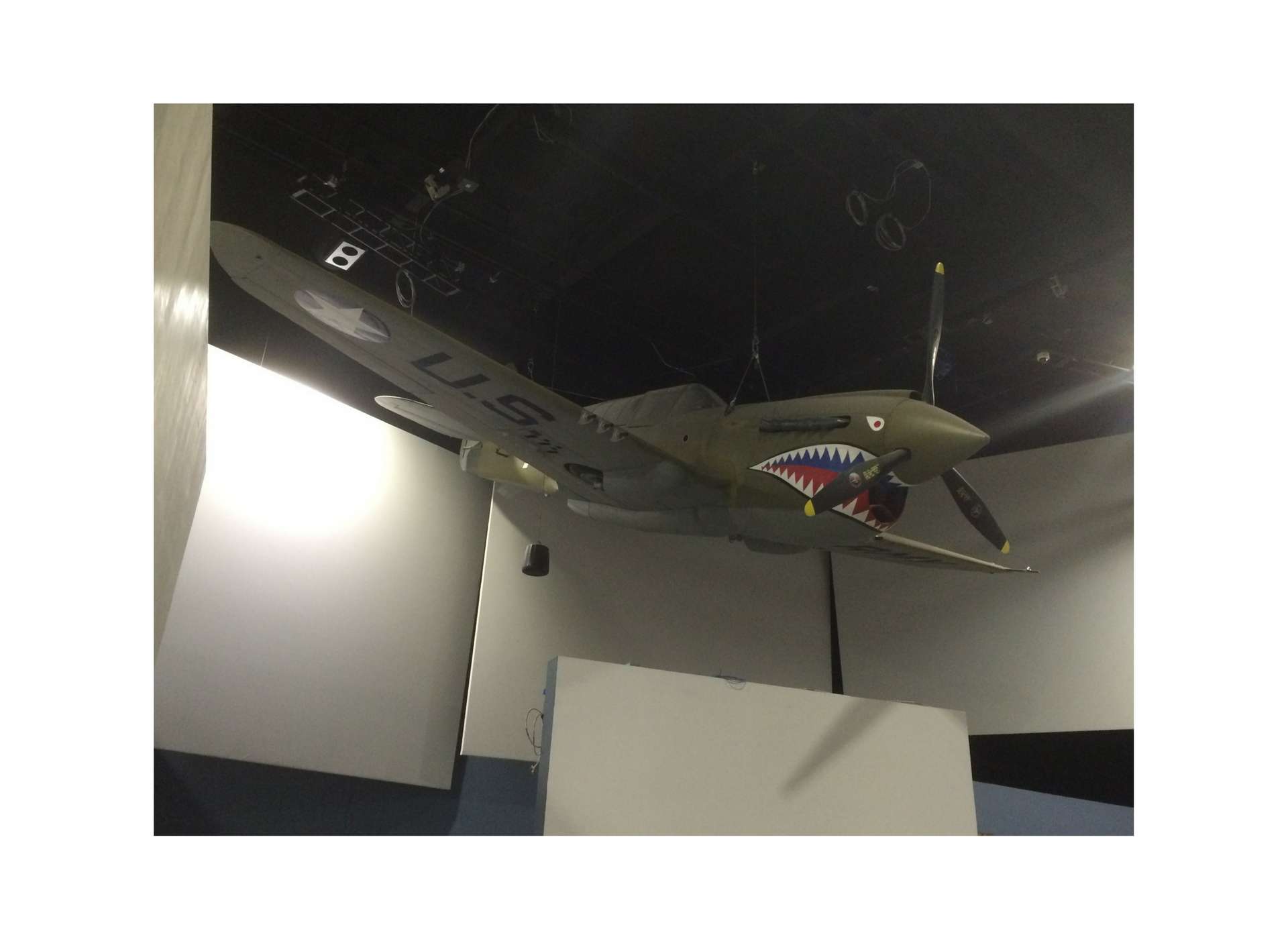
As one can imagine when viewing this space, the proportions and placement of all the visual media and elements—the screens, the projectors, other light sources, audio equipment, viewing angles for visitors all over the gallery spaces, and potential obstacles including a hanging P-40 Warhawk and its support system—must all be carefully thought out and geometrically measured and planned beforehand. But the reality is that adjustments must be made in the actual space.
In this case, our preplanning had been very well done, and the necessary adjustments were relatively minor. One of my colleagues and I share a background in television production from earlier in our career, and we always repeat a mantra between us in all of our collaborations: “The only thing that matters is what it actually looks like. Whatever disagreements arise in the process, in the end the only thing that matters is what it looks and sounds like on that screen.”
Below is a photograph of what that gallery looks like for visitors today. Underneath the shark mouth of the P-40 Warhawk, one can see in the video a C-47 cargo plane ascending over the Himalayas, now over 70 years since our veteran Warhawk actually flew and fought the Japanese in Chinese skies.
Note: This is the second of two related posts. Read the first post here.
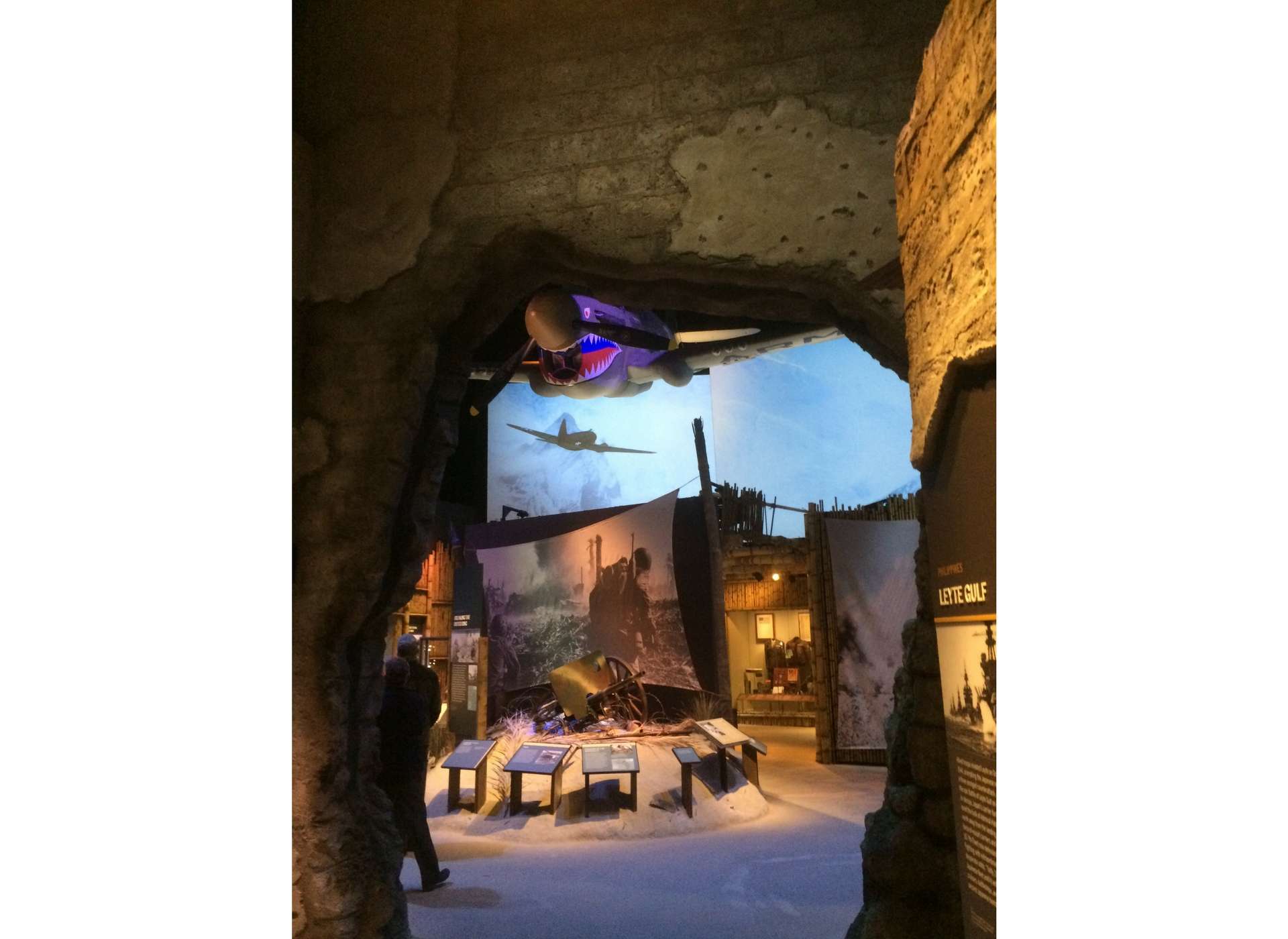
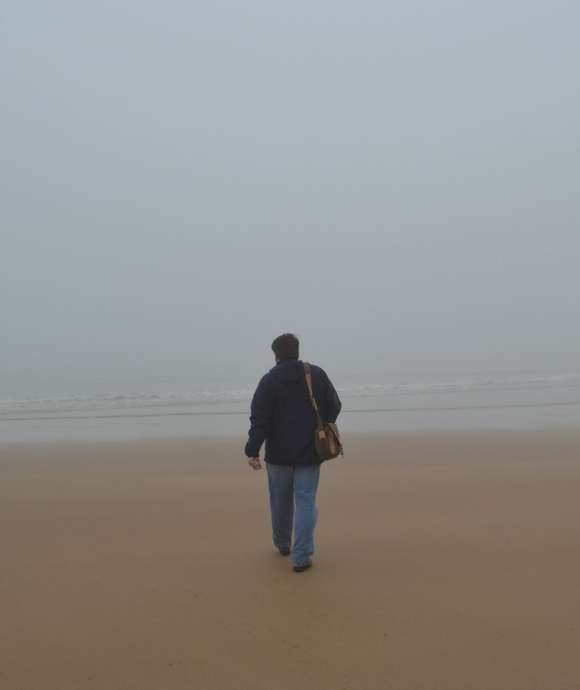
"No matter one’s age, travel is a unique and exciting educational experience. In my work, I have had the opportunity to reflect on history, events, and people in the places where they experienced life. Through the viewfinder, we can not only find history and perspective, but create memory, and evoke our evergreen past."
– Keith Huxen, PhD, Senior Director of Research and History, The National WWII Museum
Keith Huxen
Keith is the former Senior Director of Research and History in the Institute for the Study of War and Democracy at The National WWII Museum.
Cite this article:
MLA Citation:
APA Citation:
Chicago Style Citation:
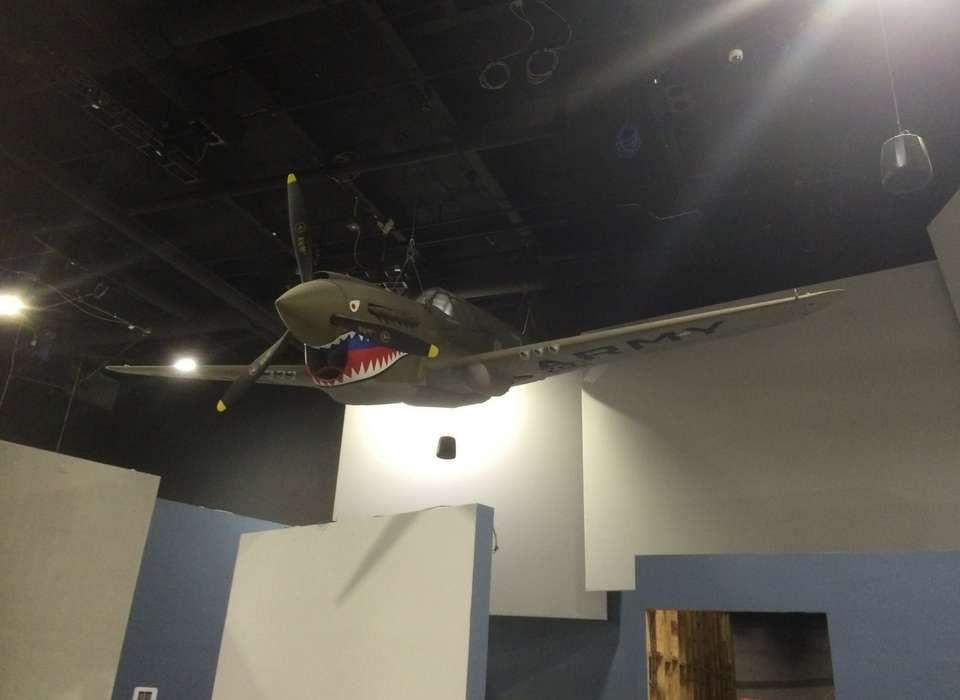

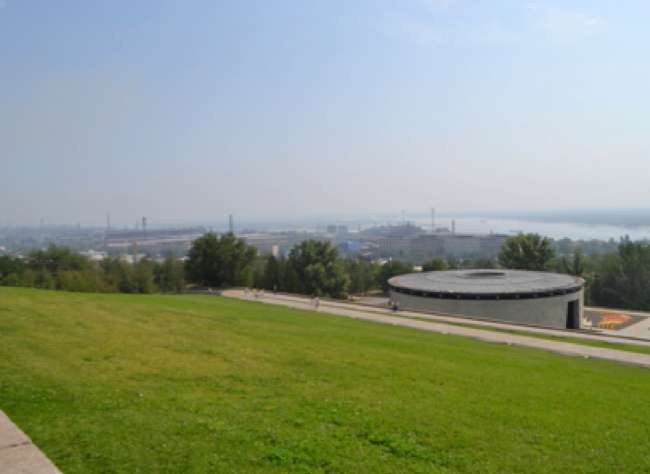
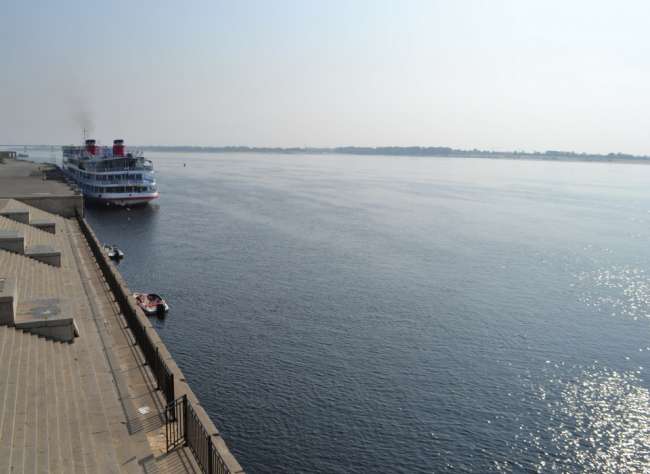
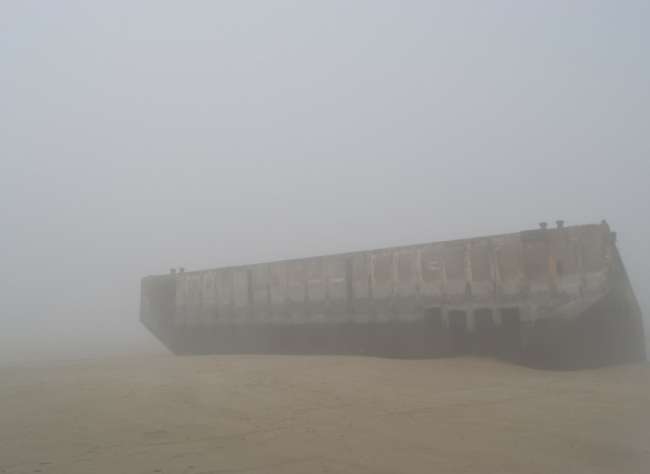



![Max Fuchs, New York City cantor, sings as Rabbi Sydney [sic] Lefkowitz, Richmond, VA, conducts the first Jewish services from Germany.](/sites/default/files/styles/max_650x650/public/2025-10/image1.jpg)



